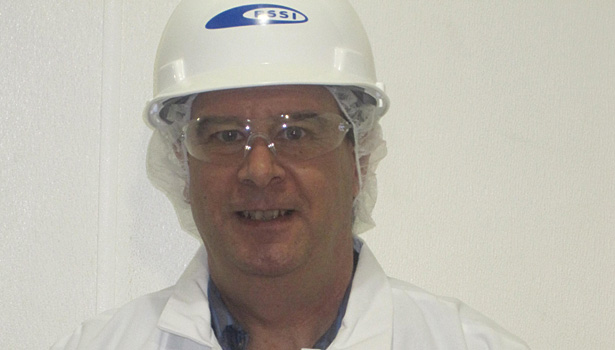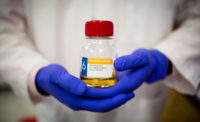There are five words that no one in the food industry ever wants to hear—Listeria positive in finished product. Normally, I would not start a communication with this type of dramatic statement. But, the recent outbreaks of Listeria and the tragedy of foodborne illness fatalities provide impetus to emphasize the importance of this pathogen.
Listeria is a relatively well-known genus of Gram-positive, rod-shaped bacteria that includes a major human pathogen, Listeria monocytogenes. The genus also includes L. ivanovii, which is primarily an animal pathogen, as well as L. innocua, a potential opportunistic Listeria species that is often characterized in the food industry as a Listeria “indicator” organism—crucial in “indicating” when a potentially dangerous situation exists. To put it more simply, there is a justifiable zero tolerance mindset for ANY confirmation of a Listeria spp. in a food production or distribution facility.
The refrigerated foods industry is very aware of the risks for Listeria occurrence. Since Listeria survives and can even multiply over a wide temperature range, including refrigeration temperatures, a robust food safety and environmental monitoring program needs to be in place. Listeria is notorious for entrenching itself in thin, almost invisible “biofilms,” which are very difficult to locate, clean and completely eliminate.
The emphasis cannot be understated regarding the consistent use of Good Manufacturing Practices (GMPs) to maintain a sanitary and food-safe environment. Thorough cleaning and sanitation procedures must be followed to reduce any Listeria contamination risks to a minimum. Equipment and facility design, maintenance and repair are also key factors in consistent safe processing for any refrigerated foods and ready-to-eat (RTE) operations. Ultimately, a synergistic relationship between operations, quality assurance, production, maintenance and sanitation is essential for success in any food facility, especially in an RTE plant.
It may seem obvious that cooperative effort by everyone is necessary, yet in the fast pace of the production world, sometimes this synergism gets out of balance. When “stuff happens,” (i.e. product contamination), leadership staff needs to rally together and identify the key risk areas, prioritize and implement corrective actions. Following the corrective actions, savvy food producers then continue forward to modify, monitor and validate programs and/or facility issues to prevent the incident from reoccurring.
Because of the ever-present risks of Listeria outbreaks in refrigerated foods/RTE production operations, there has been continuing research and development of new, more effective ways to combat Listeria occurrence in a food plant. For example, studies using chlorine dioxide gas (ClO2) to sanitize production equipment have shown effectiveness, especially in hard-to-clean equipment. More than 5 log population of Listeriacells were “completely inactivated,” and the studies show excellent gas penetration into biofilms that were impregnated with Listeria cells. Containment of the gas during use in RTE areas is crucial, as is gas concentration and contact time on equipment. Verification of chlorine dioxide gas effectiveness can be monitored by careful and thorough Listeria pathogen swabbing methods.
Other examples of Listeria abatement in finished RTE and refrigerated food products include post-packaging pasteurization combined with use of naturally-occuring antimicrobial compounds such as nicin3. In some operations, this particular approach may not be feasible to implement due to sensitivity of finished product quality to added heat treatment and/or the addition of antimicrobial chemicals.
Research for new, truly efficacious and cost-effective methods of Listeria control are, and will, continue to be developed. However, “the basics” of a robust, high-quality sanitation program, functional HACCP and pre-requisite programs, a solid environmental microbiological monitoring program, adherence to strict GMP rules and continual improvement in processing equipment and facility design will ALWAYS be primary needs for a refrigerated foods/RTE plant.
As an industry, we strive for “zero tolerance” of Listeria in our food production systems. This goal is achievable in practical application, as long as everyone involved in the manufacturing and distribution processes understands and complies with food safety mandates. The financial cost of improvements in facilities, equipment and personnel is often a stumbling block for RTE facilities. However, what is the ultimate real cost, in human terms as well as business terms, for a product recall due to a confirmed Listeria fatality?
This and other food safety topics and discussions will take place at the Refrigerated Foods Association's 34th annual conference and tabletop display, March 5-8 at the Omni Resort at ChampionsGate in Orlando.






